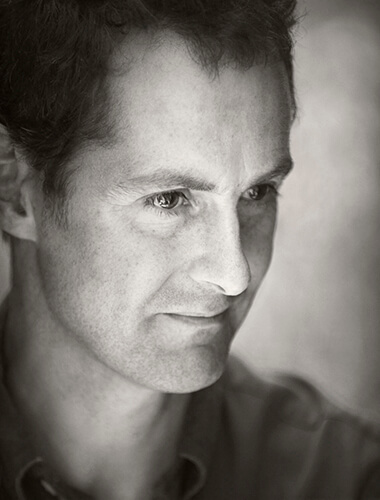Tim Flach is an animal photographer with an interest in the way humans shape animals and shape their meaning while exploring the role of imagery in fostering an emotional connection. Bringing to life the complexity of the animal kingdom, his work ranges widely across species, united by a distinctive stylisation reflecting an interest in how we better connect people to the natural world.
He has four major bodies of work concerning different subjects: Equus (2008) focusing on the horse, Dogs Gods (2010) on canines, More Than Human (2012) a broad exploration of the world’s species, and Endangered (2017) a powerful document of species on the edge of extinction. He has published five books; Endangered (2017), Evolution (2013), More than Human, (2012), Dogs Gods (2010) and Equus (2008).
Flach is an Honorary Fellow of the Royal Photographic Society, and was awarded an Honorary Doctorate from University of the Arts London in 2013. He lives and works in London with his wife and son.
Source: timflach.com
Over the past decade, Flach's work has increasingly focused on animals, ranging widely across species but united by a distinctive style that is derived from his concerns with anthropomorphism and anthropocentrism. His interests lie in the way humans shape animals, and shape their meaning. He has three major bodies of work: More Than Human, Dogs Gods, and Equus. Through the related books and exhibitions, Flach has attracted international interest. His images have been acquired by major public and private collections.
Commissions by leading editorial and commercial clients have also garnered multiple awards, including three Cannes Lions. He has won the International Photography Award's Professional Photographer of the Year for fine art, and in 2013 was conferred with an Honorary Doctorate from Norwich University of the Arts, in recognition of his contribution to photography.
